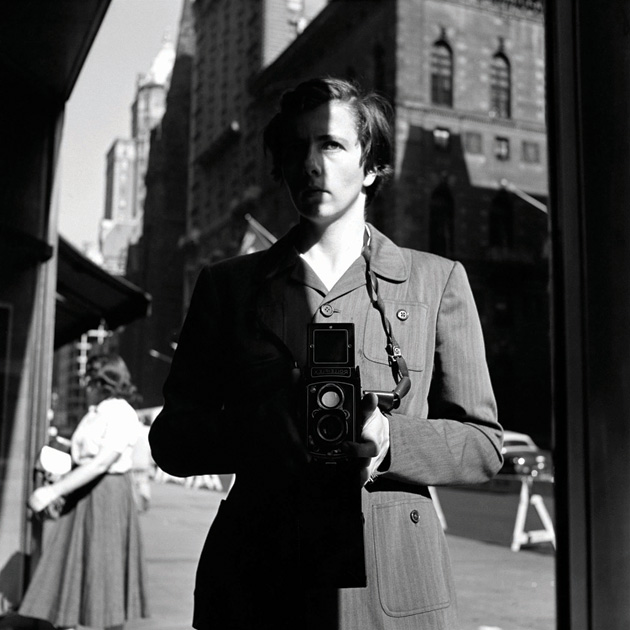In the third article in our series, “The Best Photographers ever,” on the occasion of Photographer’s Day (January 8), we’ll talk about an American photographer who only had worldwide recognition after her death: street photographer Vivian Maier.
Born one winter day in February 1926, in New York, little is known about her childhood and adolescence: only as a child she lived in France and returned to the United States as a young man, where she began working as a nanny. , profession for which he practiced for almost four decades.
- Vivian Maier is an enigmatic and eccentric figure to this day.
- Has been and is the subject of many academic works.
- But she has also aroused the interest of several biographers trying to unravel the mystery of women and the photographer.
- Considered independent and liberal at a time when machismo strongly permeates American culture.
It is known that he began photographing during his days off. Vivian roamed the streets of New York without purpose or destination: she liked to see new places, capture the soul, the effervescence of the city that never sleeps.
Her best friend was a Rolleiflex camera, a German photographic equipment with two lenses, the upper one to reflect the image of the lens on frosted glass, for framing purposes, and the lower one to capture the image.
Maier’s photographs are urban landscapes, they manage to transpose the lover at the moment they were captured. A fearsome retractor, images of women, children, homeless people, workers and African-Americans stand out.
Photos of Vivian Maier were only discovered by accident in 2009, a year after her death. John Maloof, a real estate agent and historian from Chicago, was looking for photographic material to make a book, so he spent most of his days at auctions, fairs and flea markets. Until the day she sold $400 at auction, 30,000 negatives, 1,600 rolls of unreleased films: some of Vivian’s material.
Maloof wasn’t interested at first and kept it in a closet for a year. Until at a dinner party at home, he revealed to his friends a “disturbing” case: thousands of photographs depicting New York and Chicago in the 1950s and 1960s. The case had really aroused an unusual interest: he began to reveal the photos, created a blog and began studying photography at home.
In 2009, while searching for information about the author of the photographs (he knew only the name), he posted a link on his blog about what to do with the photos of a certain Vivian Maier, and within 24 hours received 200 replies: many, with reports on photos of Vivian. There were other lots at auction with pictures of her. Maloof tried to get this over with as much as he could. Today, his collection includes 150,000 negatives (most of which have not been revealed) and 3,000 printed photographs. As far as we know, these photographs were never known during Vivian’s life.
With such a rich theme, Maloof organized a book with photos and an exhibition, in 2011, a period by which Vivian Maier was finally recognized. Although late, the photos of the woman who preferred anonymity all her life, burst into the photographic universe as an icon of street photography, gradually appeared people who were in contact with her, John Maloof interviewed 90 people: they were people who lived cared as a nanny, family members for which she worked and even colleagues from the photographer’s time lived in France. The main interviews can be seen in the Oscar-nominated documentary , “Finding Vivian Maier”, where we can see a talented, very sweet and responsible woman.
Vivian’s latest discoveries relate to some personal belongings and travel itineraries: Maier has travelled a lot and, of course, recorded every step; has crossed Central and South America, including Sao Paulo and Rio de Janeiro; it has also toured Europe and the Middle East. Asia.
In 2008, he died in a nursing home in Chicago at the age of 83. She was not married, had no children and had no close friends. The main specialists of Vivian’s work, classify her as a being that “challenges our ideas of a person, artist and, above all, woman should be?Live?.

